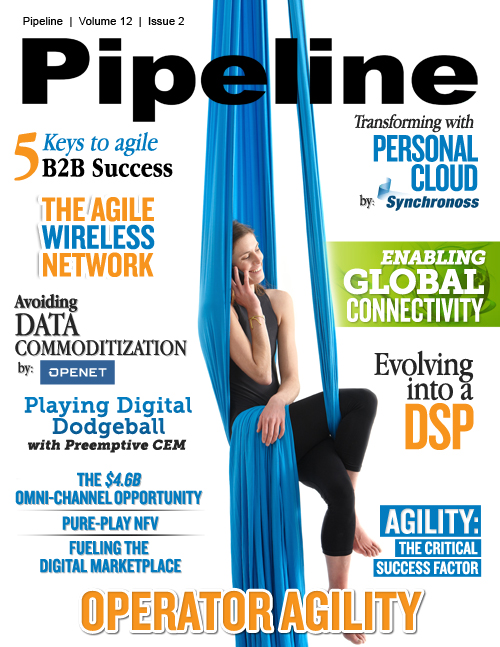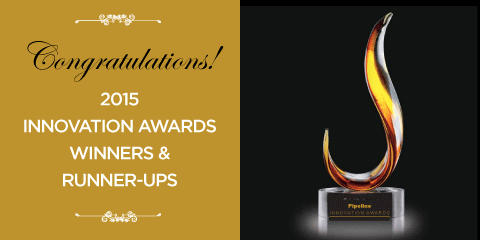Evolving into a Digital Service Provider (DSP)
By: Jesse Cryderman
 Ten years ago, AT&T offered voice, Internet, and networking services. There was no mobile offering, U-verse or
Digital Life, and the company has just merged with SBC communications. AT&T’s tagline by 2005 was “The World’s Networking Company” and it was an exemplary communications service provider (CSP)
of the time.
Ten years ago, AT&T offered voice, Internet, and networking services. There was no mobile offering, U-verse or
Digital Life, and the company has just merged with SBC communications. AT&T’s tagline by 2005 was “The World’s Networking Company” and it was an exemplary communications service provider (CSP)
of the time.
Compare that to the AT&T website today: the company now sells cell phones, many flavors of U-verse, Digital Life, DirecTV, wearable devices, cloud services, cybersecurity, M2M offerings, and more bundling and incentive options than you can imagine. The website automatically queues up a location-specific marketing incentive (in my case, a $100 bill credit for switching a line of service to AT&T).
Today, many CSPs are evolving into Digital Service Providers — or DSPs — a classification that includes communication functions and a whole lot more. In the near future, communications will no longer the end service, but the enabling component of digital lifestyles and experiences. Service providers must adapt or they drown in the riptide of alternative service providers and new marketing entrants. To successfully evolve into DSPs, CSPs must evaluate every touch point of the customer lifecycle and compare their capabilities and tools against the dynamic demands of the cloud-era customer.
Pre-sales
Digital experiences have become the cornerstone of just about every customer experience, driven in part by the rapid spread of customer activity among web, mobile, and social channels. For example, according to IDC, 70 percent of the buying cycle takes place before customers ever engage with a live sales person. That means that the first connection a prospective customer has with your company, and possibly the last, is the result of the quality of the digital experience you have created.
The majority of consumers prefer automated self-service and many of them now use their mobile devices to connect with their chosen brands. Today’s digital ecosystem doesn’t just represent a shift in shopping habits, but also a shift in power. Customers are in control. They decide how, when, and where they want to engage with your brand—whether it is in the store, over the phone, on the web, or via the recommendation of a trusted friend. When they do interact with your brand, they expect you to quickly know who they are and what they need, and to seamlessly recognize and engage them at every touchpoint—consistently.
Products like Apptium's Eportal solution are doing just that by creating a unified experience within multi-channel sales environments. These solution will be income increasingly more important as CSPs evolve into DSPs, and expand their sales and partner-sales channels. Primarily to create a consistent experience and maintain quality control through order fulfillment, but also to gauge partner-sales channel performance and analyze key metrics related to customer trends such as service and device adoption.
Digital catalog and personalization
In order to compete in the digital economy, CSPs must essentially become digital-services retailers of hundreds, if not thousands, of product and product variations. They must be able to rapidly design, sell, launch, and scale solutions, integrate their offerings seamlessly with third-party solutions and numerous partners, and constantly manage dynamic promotions and incentive bundling to stay ahead of competitors and meet the needs of an increasingly demanding user base. To top it all off, there are more sales channels than ever before and many operators offer varying products under different brands in different regions.





















